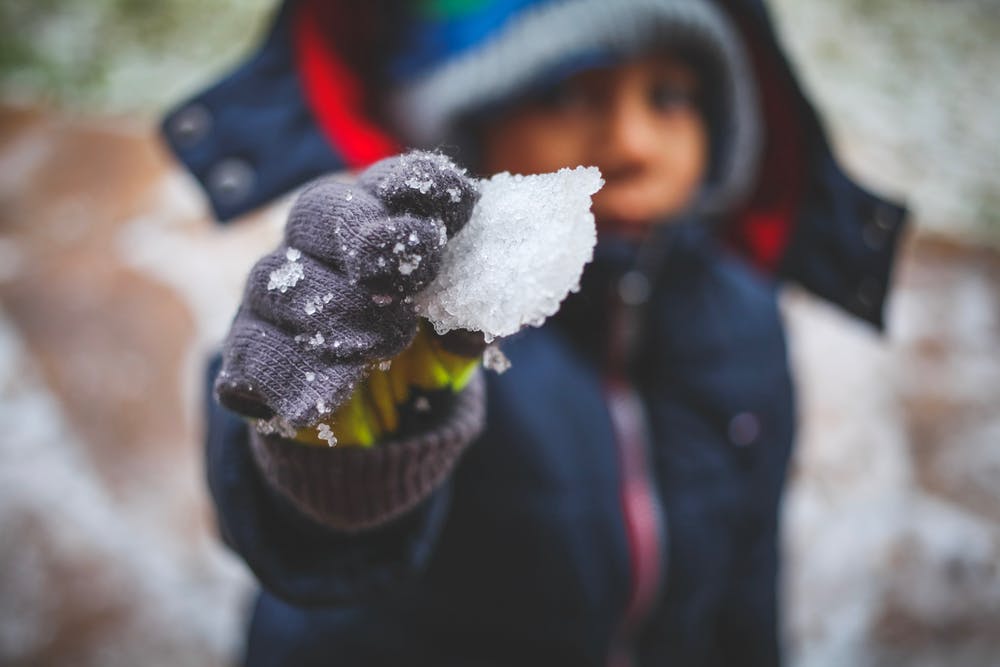
Winter is a time for fun cold weather activities, but any outdoor activities in cold, winter weather can become dangerous if proper safety measures aren't taken. Keep these things in mind if you plan to play in the cold with your children this year:
Dress for the weather-
- Use thin layers to keep warm. Always wear warm boots, gloves or mittens, and a hat. Make sure the outer layer is water resistant!
- A rule of thumb for dressing infants and small children is to dress them in one additional layer than an adult would be warm in. If you have 2 layers to stay warm, your child should be dressed in 3 layers.
- Be cautious with clothing with strings like hoodies and with using scarves for smaller children. These are suffocation risks, especially when playing outside.
- For winter sleep, remember there should be no blankets or loose items in your baby's sleep environment. Use fitted sleepers and wearable blankets like sleep sacks to stay warm.
- Remember, warm coats and jackets need to be worn when playing outside, but children should not have thick or puffy winter coats and jackets on when they are harnessed in their car seats. It will not allow the harness to fit properly and will put the child at risk for ejection from the seat in a crash.
When playing outside-
- Be sure your child is dressed warm enough, and change any clothing that becomes wet. Hypothermia, the drop of body temperature to a dangerously low degree, happens more easily in children and generally occurs when children aren't dressed properly or when they are wearing wet clothing in cold temperatures.
- Take frequent breaks to come inside and warm up. If outside too long, children may complain of body parts being numb or they may appear pale, gray, or blistered. This is common in frostbite, and is very dangerous.
- Wear sunscreen. The sun doesn't go away when summer ends. In fact, it can reflect off the snow and cause bad sunburns to occur.
- Stay hydrated. Dry, winter air will cause children to lose more water through their breath. Offer plenty of water. Use warm soups and drinks to also help keep them warm and hydrated.
If you are using fires to stay warm, whether a fire outside while children play or an indoor fireplace at home, exercise extreme caution. Accidents happen quickly, and fire spreads fast. As always, double check your fire alarms and carbon monoxide detectors in your home to be sure they are working. Kerosene heaters, wood stoves, and fireplaces increase the likelihood of both fires and carbon monoxide poisonings.
If temperatures drop below -25°C, or the wind chill becomes -28°C or greater, children should play indoors until conditions improve. Winter can be so much fun for families with children, but to stay healthy and injury-free, parents have to play it safe when playing outside!
Sources: